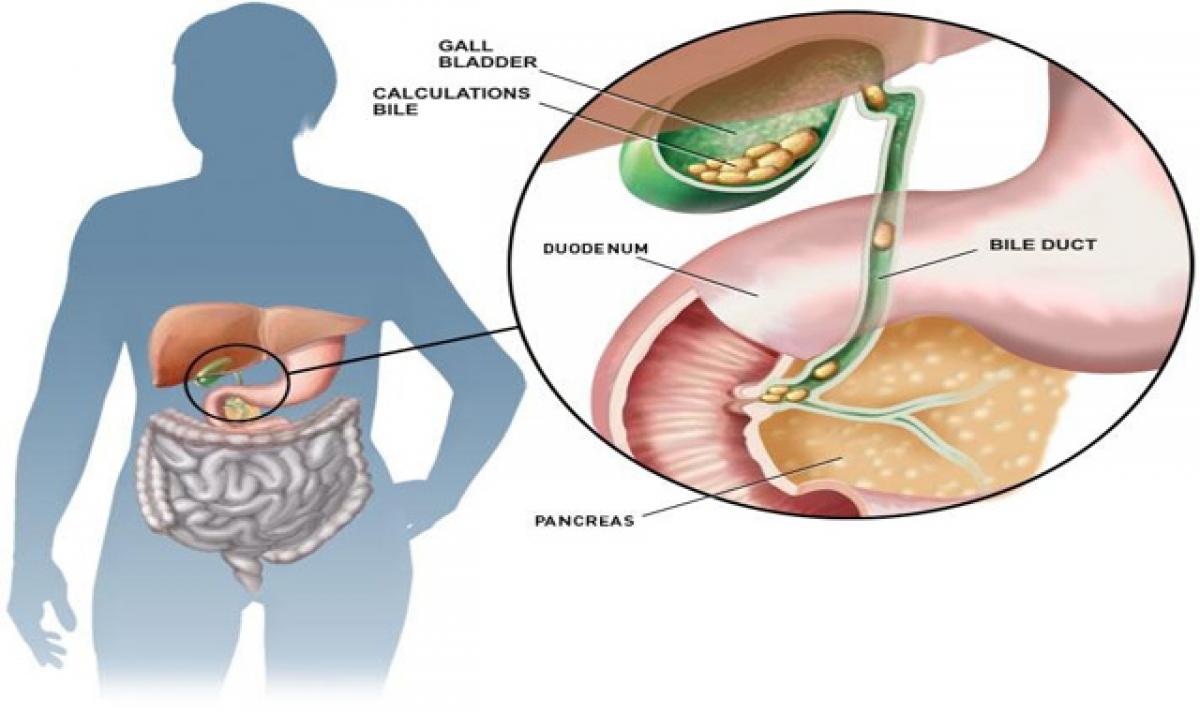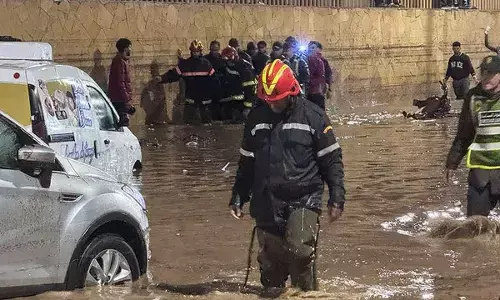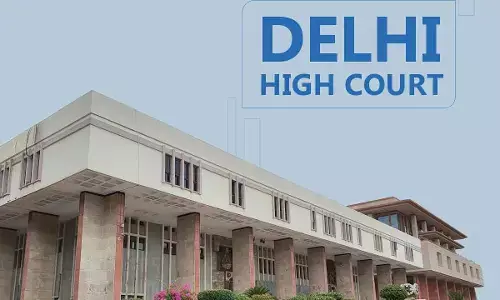Gallstones causes, symptoms, diagnosis and treatment

Gallstones may be asymptomatic, even for years. These gallstones are called \"silent stones\" and do not require treatment. A characteristic symptom of gallstones is a colicky right upper quadrant pain, in which a person may experience colicky pain in the upper-right side of the abdomen, often accompanied by nausea and vomiting, that steadily increases for approximately 30 minutes to several hours.
Gallstones are formed within the gallbladder due to various causes. Most people with gallstones (about 80%) never have symptoms. In 1–4% of those with gallstones, a crampy pain in the right upper part of the abdomen, known as biliary colic, occurs with or without complications of gallstones include inflammation of the gallbladder, inflammation of the pancreas, and liver inflammation symptoms of these complications may include pain of more than five hours duration, fever, yellowish skin (jaundice) vomiting, or yellow urine.
Gallstones may be asymptomatic, even for years. These gallstones are called "silent stones" and do not require treatment. A characteristic symptom of gallstones is a colicky right upper quadrant pain, in which a person may experience colicky pain in the upper-right side of the abdomen, often accompanied by nausea and vomiting, that steadily increases for approximately 30 minutes to several hours.
A person may also experience referred pain between the shoulder blades or below the right shoulder. These symptoms may resemble those of a renal stone pain. Often, attacks occur after a particularly fatty meal and almost always happen at night, and after drinking.
In addition to pain, nausea, and vomiting, a person may experience a fever. If the stones block the duct and cause bilirubin to leak into the bloodstream and surrounding tissue, there may also be jaundice and itching. This can also lead to confusion. If this is the case, the liver enzymes are likely to be raised.
Diagnosis is than typically confirmed by ultrasound. Complications may be detected on blood tests. In some special situations MRCP or a CT scan may be required to study details about the complicated status of the gallstones. Surgical - Cholecystectomy (gallbladder removal) has a 99% chance of eliminating the recurrence of cholelithiasis. Surgery is only indicated in symptomatic patients.
There are two surgical options for cholecystectomy
• Laparoscopic cholecystectomy, introduced in the 1980s, is performed via three to four small puncture holes for a camera and instruments. Post-operative care typically includes a same-day discharge or a one night hospital stay, followed by a few days of home rest and pain medication.
• Open cholecystectomy is performed via an abdominal incision (laparotomy) below the lower right ribs. Recovery typically requires 3–5 days of hospitalization, with a return to normal diet a week after release and to normal activity several weeks after release.
The most serious complication of Gallstones is infection, which develops in about 20% of cases. It is extremely dangerous and life threatening if it spreads to other parts of the body (a condition called septicemia), and surgery is often required. Symptoms include fever, rapid heartbeat, fast breathing, and confusion.
Gallbladder Cancer
Gallstones are present in about 80% of people with gallbladder cancer.This cancer is very rare, even among people with gallstones. Certain conditions in the gallbladder, however, contribute to a higher-than-average risk for this cancer. (The writer is a chief laproscopic surgeon )
Generally, not all fats are bad, so don’t get the impression you need to eat a fat-free diet. However, maintaining a healthy weight is key to taking care of your gallbladder since obesity increases your risk for gallbladder disease. The key is to choose smaller amounts of fat at each meal and eat a diet rich in fruits, vegetables, whole grains, beans and legumes (if you tolerate them), and modest amounts of nuts, seeds, avocados, coconuts and olives (no more than two tablespoons per meal, but for some it may be less). Avoid oils which are more refined than the whole foods they come from and are very hard on your gallbladder, especially when eaten in excess. Also focus on adding fiber to your meals since a low-fiber diet is often associated with gallstones or gallbladder problems.
Here are some high-fiber foods to choose
• Broccoli
• Cauliflower
• Leafy Greens
• Herbs
• Celery
• Carrots
• Sweet Potatoes
• Artichokes
• Onions
• Asparagus
• Apples
• Oranges
• Bananas
• Berries
• Zucchini
• Pineapple
• Papaya
• Cherries
• Whole Grains
• Beans
• Legumes
Foods to avoid
Foods to avoid include animal fats, which lead to high cholesterol and are very hard on the body to digest, fried foods, processed foods, and oils. This will also help you naturally manage your weight, heart, and overall health much easier.
By Dr T Varun Raju


















